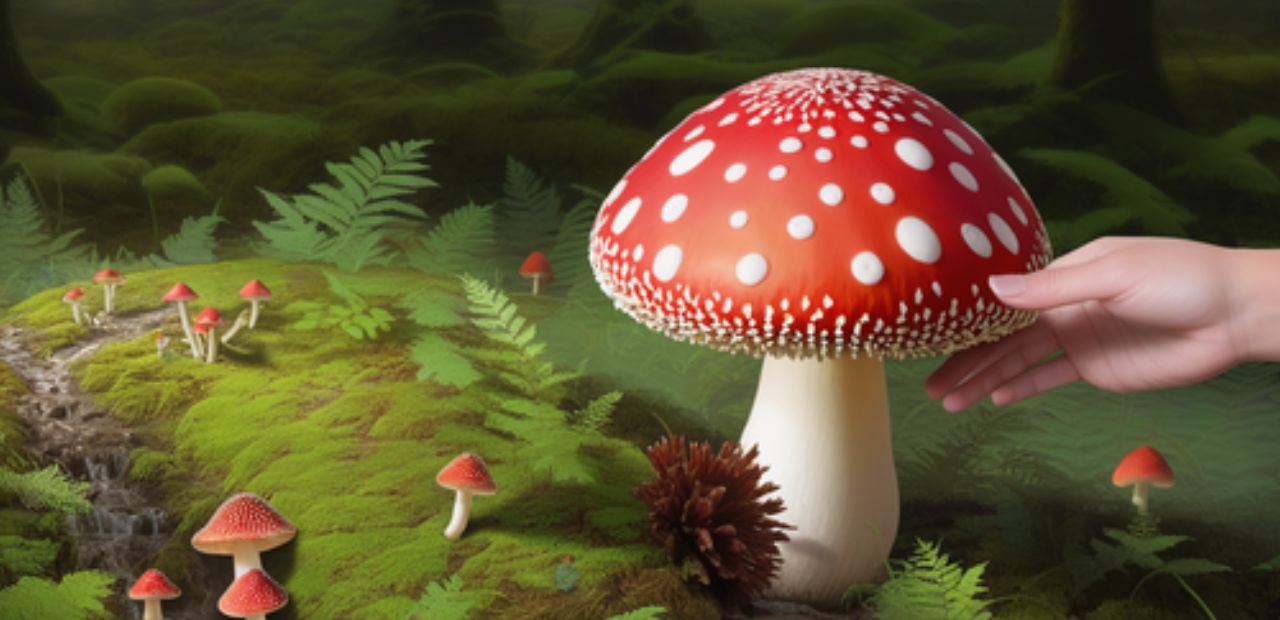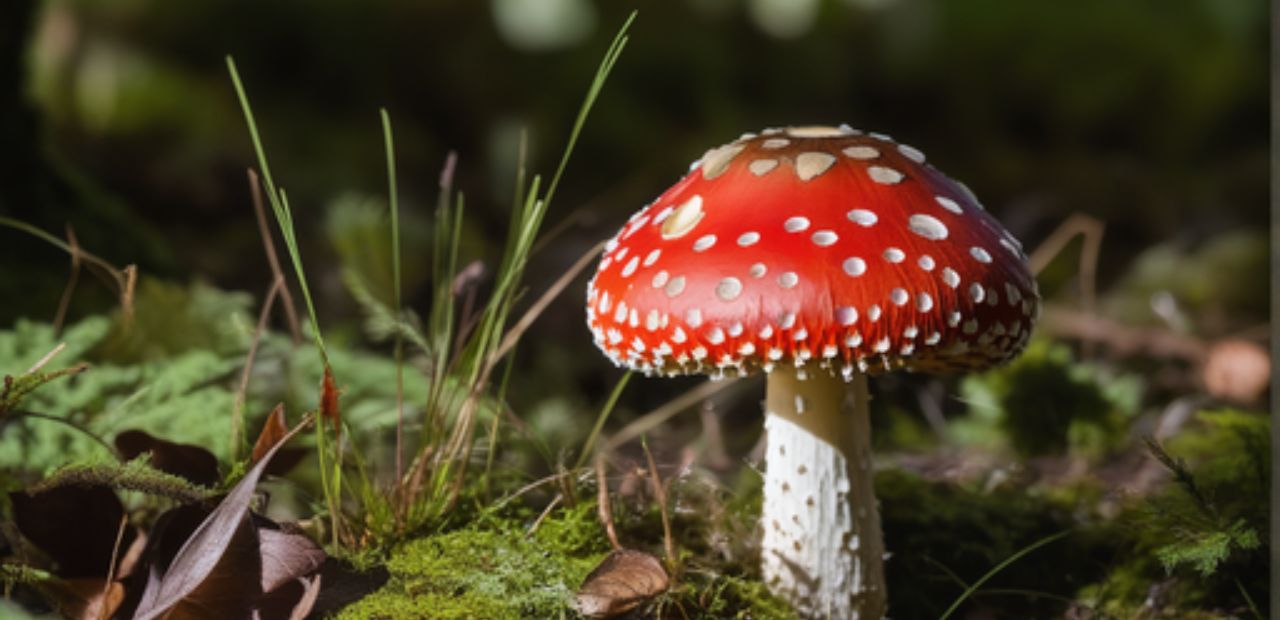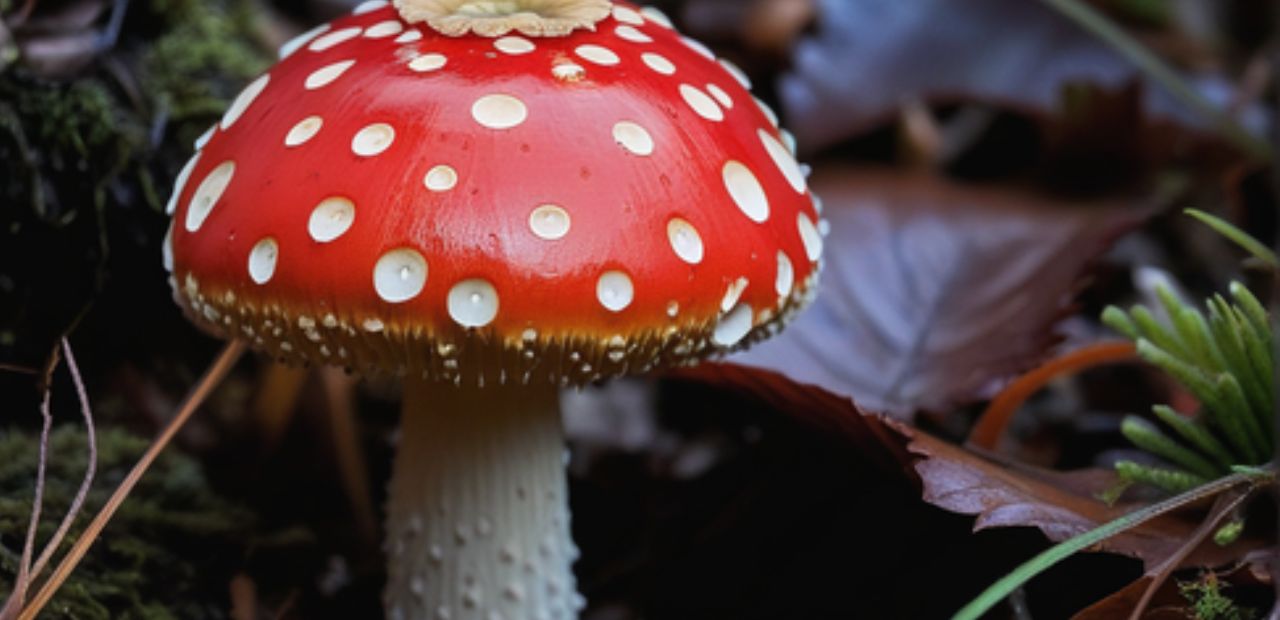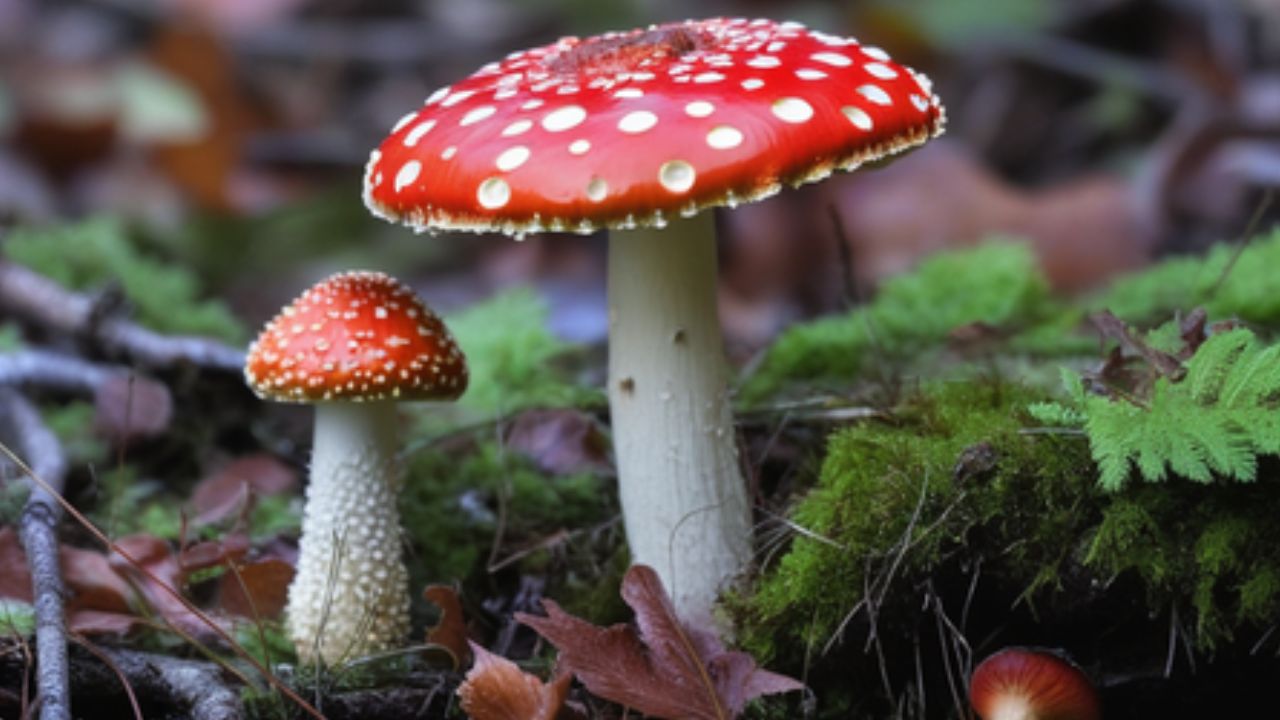Is Fly Agaric Poisonous?
Fly Agaric, scientifically known as Amanita muscaria, is a captivating mushroom with its vibrant red cap and white speckles, often depicted in fairy tales and folklore.
In this article, we embark on a journey to explore the intricacies surrounding Fly Agaric, addressing the burning question:
Is Fly Agaric poisonous?
Contents
- 1 Is Fly Agaric poisonous to touch?
- 2 Can Fly Agaric be safely consumed after preparation?
- 3 What are the legal considerations for possessing Fly Agaric?
- 4 How can one differentiate Fly Agaric from other mushrooms in the wild?
- 5 Brief Overview of Fly Agaric
- 6 Historical Significance
- 7 Chemical Composition
- 8 Culinary Use and Precautions
- 9 Ecological Importance of Fly Agaric
- 10 Conclusion
Is Fly Agaric poisonous to touch?
No, Fly Agaric is not poisonous to touch.
The toxic compounds are primarily found in the flesh of the mushroom and are activated when ingested.

Can Fly Agaric be safely consumed after preparation?
Some cultures have historically consumed Fly Agaric after careful preparation to reduce toxicity.
However, caution is advised due to the potential risks involved.
What are the legal considerations for possessing Fly Agaric?
The legal status of Fly Agaric varies by region.
It’s crucial to be aware of and adhere to local regulations regarding the possession and use of this mushroom.

How can one differentiate Fly Agaric from other mushrooms in the wild?
Understanding the distinctive features of Fly Agaric, such as its red cap with white speckles and sturdy stalk, aids in proper identification and differentiation from other mushrooms in the wild.
Brief Overview of Fly Agaric
Fly Agaric is unmistakable with its distinctive appearance – a bright red cap adorned with characteristic white spots. Despite its enchanting aesthetic, the mushroom has long been associated with mystery and caution.

Historical Significance
Cultural and Folklore Connections
Throughout history, Fly Agaric has played a role in cultural practices and folklore.
It has been used in religious ceremonies, associated with magic, and depicted in fairy tales.
Understanding these connections adds depth to our perception of this iconic mushroom.
Chemical Composition
While Fly Agaric may be visually striking, its beauty conceals a potentially toxic reality.
The mushroom contains compounds such as ibotenic acid and muscimol, which can have adverse effects on the human body if ingested.
Poisoning Symptoms
Ingesting Fly Agaric can lead to symptoms like nausea, hallucinations, and even delirium.
Recognizing these symptoms is crucial for seeking prompt medical attention, as Fly Agaric poisoning can be serious.
Culinary Use and Precautions
Traditional Culinary Practices
Despite its toxicity, some cultures have historically used Fly Agaric in culinary practices after careful preparation.
This section explores these practices and underscores the importance of precautions for safe consumption.
Ecological Importance of Fly Agaric
Beyond its interactions with humans, Fly Agaric plays a vital role in ecosystems.
It forms mycorrhizal relationships with trees, contributing to the health of the surrounding environment.
Conclusion
In conclusion, Fly Agaric remains a captivating subject of fascination and caution.
Its toxic nature should be approached with awareness, but it also opens doors to exploring its ecological role and potential alternative uses.
Balancing caution with understanding ensures a nuanced perspective on this iconic mushroom.

